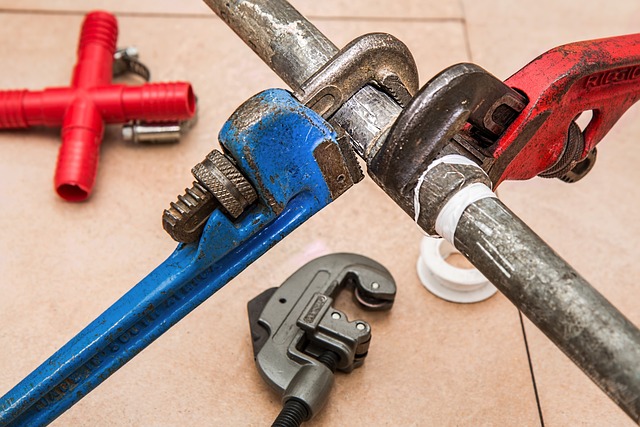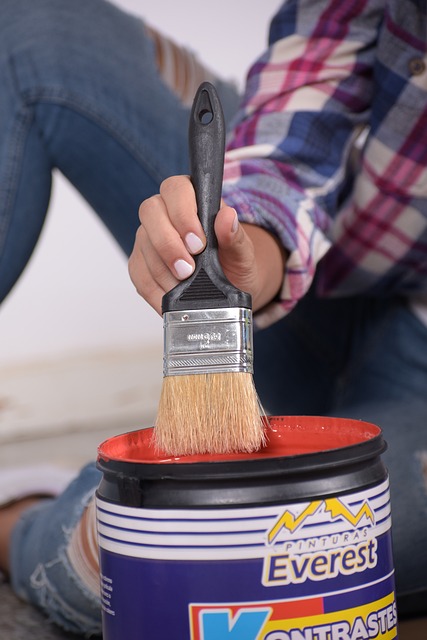5 Essential Tools Every Home Renovator Should Have
Discover the top five must-have tools that every home renovator should consider adding to their toolkit. Whether you’re an experienced DIY enthusiast or a beginner, these tools will make your home projects easier and more efficient.
Taking on home renovation projects can be one of the most fulfilling ways to transform your living space. But any seasoned renovator knows that success in DIY often comes down to having the right tools at hand. Some tools are convenient, but others are downright essential for efficiency, safety, and ensuring a polished final product. Here’s a look at five essential tools every home renovator should have. From beginners to experienced DIYers, these tools are versatile, durable, and worth the investment.

1. Cordless Drill and Impact Driver Combo
A cordless drill is the bread and butter of any tool kit, especially for home renovators. Why? Because it’s incredibly versatile, allowing you to drill holes, drive screws, and complete a myriad of other tasks with ease. Pairing a cordless drill with an impact driver can make an even bigger difference, particularly when working with harder materials. The impact driver provides additional torque, so you can drive screws through tough wood or concrete without straining the drill’s motor.
Why It’s Essential:
Versatility: Drill and drive into multiple materials like wood, drywall, and even masonry with specialized bits.
Portability: Cordless models are convenient for working anywhere without needing an outlet nearby.
Power and Precision: Many modern drills come with adjustable torque settings, ensuring screws are driven without damaging surfaces.
Pro Tips:
Look for a drill with a quick-charging lithium-ion battery to keep your projects running smoothly.
Opt for a set that includes a range of drill bits, as it will make tackling different tasks a breeze.
2. Multi-Tool (Oscillating Tool)
The oscillating multi-tool is a recent invention that has quickly become a staple for home renovators. What makes it so valuable is its sheer versatility. With the right attachments, a multi-tool can cut, sand, scrape, and grind. Need to make a plunge cut in the middle of drywall or trim door casings so your new flooring fits perfectly? A multi-tool will handle it all with precision and ease.
Why It’s Essential:
Multi-Functionality: One tool does the job of several, cutting down on clutter and cost.
Precision Cutting: Allows for precise cuts in tight spaces that would be difficult with larger saws.

Easy to Use: Most oscillating tools have simple attachment switches, so you can quickly swap between functions.
Pro Tips:
Purchase high-quality blades for cutting tasks, as these wear out quickly with heavy use.
For optimal safety, start at a low speed and gradually increase it to avoid damaging materials or causing unnecessary vibrations.
3. Measuring Tools: Laser Measure and Spirit Level
Nothing can derail a renovation project faster than poor measurements. For perfect results, you need to measure twice and cut once. A laser measure is a game-changer for measuring large spaces or areas that are difficult to reach with a traditional tape measure. Additionally, a spirit level is essential to ensure that everything from shelves to paintings is perfectly aligned.
Why They’re Essential:
Accuracy: Laser measures provide quick, accurate measurements over long distances.
Convenience: No need for someone to hold the other end of the tape; laser tools allow one person to measure solo.
Perfect Alignment: A spirit level helps to prevent mishaps in installations, ensuring everything looks professional and straight.
Pro Tips:
When choosing a laser measure, select a model with a range that suits the size of your renovation space.
Always double-check your laser measurements manually for more critical cuts or installations.
4. Power Sander
A smooth surface is crucial for quality painting, staining, or finishing. A power sander helps you prepare your surfaces faster and more effectively than sanding by hand. Whether you’re refurbishing an old piece of furniture, sanding down rough walls, or prepping for new paint, a good-quality power sander will save you hours of manual labor and give you a more professional finish.
Why It’s Essential:
Efficiency: Speeds up the sanding process dramatically, especially over large areas.

Consistent Results: Ensures a smoother, more even surface than sanding by hand.
Ease of Use: With variable speeds and dust collection systems, many models make the task easy and mess-free.
Pro Tips:
For versatility, consider a random orbital sander, as it works on various surfaces and reduces swirl marks.
Start with a coarse grit to remove rough spots, then gradually move to finer grits for a perfect finish.
5. Shop Vacuum
A shop vacuum, or wet/dry vac, might not be the first tool that comes to mind, but it’s one you’ll thank yourself for investing in. Unlike a standard home vacuum, a shop vac is built to handle debris, dust, and even liquids, making it ideal for cleanup during and after renovation projects. Dust from sanding, sawdust, nails, screws, and any other residue can be quickly cleared, helping keep your workspace clean and safe.
Why It’s Essential:
Heavy-Duty Cleaning: Built for tough debris that a standard vacuum can’t handle.
Wet/Dry Capability: Can suck up liquid spills and dry dust alike, which is particularly useful during renovations.
Safety and Health: Reduces airborne dust, which is crucial when sanding or cutting materials.
Pro Tips:
Choose a model with a HEPA filter to trap even the smallest particles and keep your workspace dust-free.
Look for a vac with a range of attachments for flexibility in cleaning hard-to-reach areas.
In Part 2, we’ll dive deeper into practical applications, maintenance tips, and recommended brands that offer durability and efficiency, helping you make the most of these five essential tools and ensuring they become long-lasting staples in your renovation toolkit.

